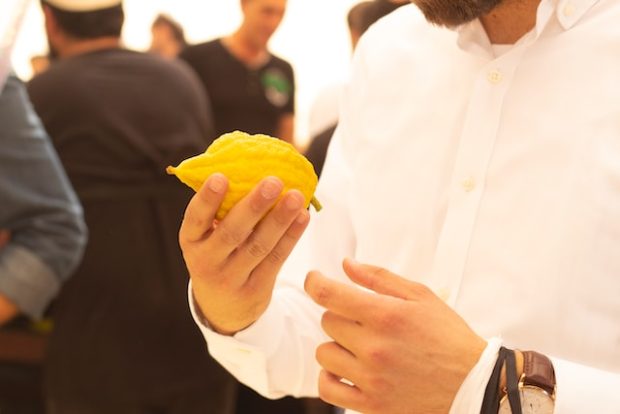It is that time of the year. The air is crisp, and the leaves change to yellow, orange, and red. A nip is in the air, and the festive season is just around the corner. These annual transitions can only mean one thing: Autumn is coming!
Autumn ushers in an array of holidays! The Jewish new year is celebrated on Rosh Hashanah, followed by Yom Kippur. Although it is a solemn occasion that calls for reflection and atonement, it is followed by the Sukkot, otherwise known as the Feast of the Booths.
Sukkot takes place four days after the Jewish holiday of Yom Kippur. Even if you are not Jewish, Sukkot is a wonderful holiday for children. We have a few ideas on how to spend this holiday with your family and make it memorable. Sukkot means “huts” (plural Sukkah), and on Sukkot, Jewish families eat together and spend time in the Sukkah, a Jewish traditional hut-like structure built themselves. But what exactly is the holiday all about?
Sukkot
The high holidays have come and gone. It is finally time to celebrate! Jews who observe this holiday construct a Sukkah with walls on all sides. That represents the divine protection that surrounds us all day. The structure symbolizes that we are always protected by divine power. Suukot is one of the three pilgrimage holidays known as the Shalosh regalim. An agricultural festival began as a thanksgiving for the fruit harvest. Sukkot are hut-like structures in which Jews lived during their 40-year journey through the wilderness following their exodus from Egypt. If you don’t know what a Sukkah is – it is a temporary house typically made of branches, four walls, and a roof. As a temporary dwelling, the Sukkah also represents the fragility of all existence: thus, Sukkot is a time to appreciate the shelter of our homes and bodies. Children’s favorite parts of the festival are building the hut, decorating, and spending time inside the hut.
The word “Sukka” means booth, while “Ot” means an oven. Together they mean a booth or a tent. The Sukkah is where Jews feel safe, secure, and sheltered.
It is a time for rejoicing, feasting, and gathering the community to celebrate. On Sukkot, families welcome guests into their Sukkah or visit friends in theirs, enjoy delicious seasonal foods, and feel thankful for what they have.
The Traditions
One of the very special customs of Sukkot is a unique daily service using four different plants, a Lulav (palm branch), an Etrog (citron), at least three Hadassim (myrtle branches), and two Arovot (willow branches). Each of these plants represents a different personality type. This teaches us the importance of working together.
Celebrants gather these plants and bless them while holding them in their hands. Each person shakes the plant in a specific order while facing East. This serves as a reminder that God is always protecting everyone at all times.
Hoshanah Rabah is the seventh day of Sukkot. On the day, Jews circle the synagogue seven times while holding the arbat ha’minim and reciting special prayers.
Time For Family and Friends
Sukkot is another holiday with interesting and memorable rituals, traditions, and a time for family and memories. With this in mind, consider how you want to bring the spirit and traditions of Sukkot to your family to create enjoyable, cherished memories of a tradition your children will want to carry on. There are many kids’ activities for Sukkot – constructing the Sukkah is one such activity that is a hit amongst the kids. Purchase a tool belt with a kid’s hammer and let them bang on something. Of course, with their involvement, it could take longer to build, but it is all part of making family memories. Or else consider ordering a simple, ready-to-assemble sukkah if you have the time and inclination.
Although festivals are about celebration and joy, they can be stressful and hectic for parents. Take a step back and relax for a few days by treating yourself and your family to a Sukkot vacation to your favorite destination.
Food During Sukkot
Except for kreplach, there are no traditional Sukkot foods (stuffed dumplings). Sukkot meal ideas can come from the holiday’s harvest origins, and meals usually include fresh fruits and vegetables or other harvest-related ingredients. Of course, traditional Jewish foods such as challah, chicken soup, and kugels can also be served at Sukkot. Spending time as a family cooking traditional food is a great way to bond with each other and teach the next generation about Jewish customs and traditions.
Lastly
Sukkot is an important festival that brings families together; there are many ways to get into the spirit. You don’t need to spend hours in the kitchen, cooking up a storm, or tiring yourself out so that everyone enjoys the holiday. Just keep it simple and celebrate the true meaning of Sukkot in your lives.
Read More:


